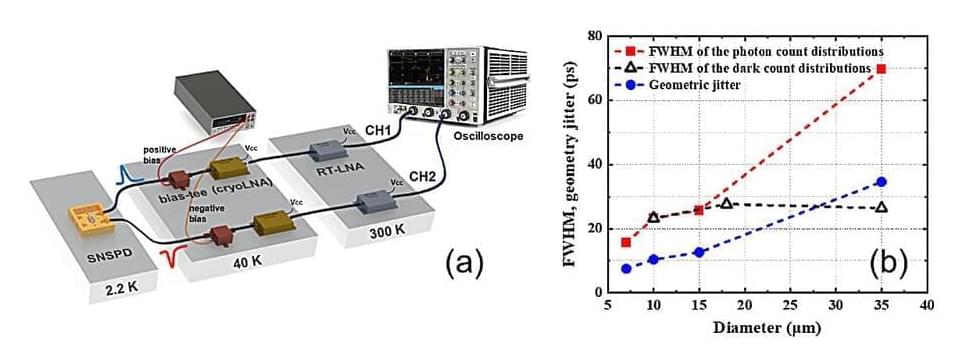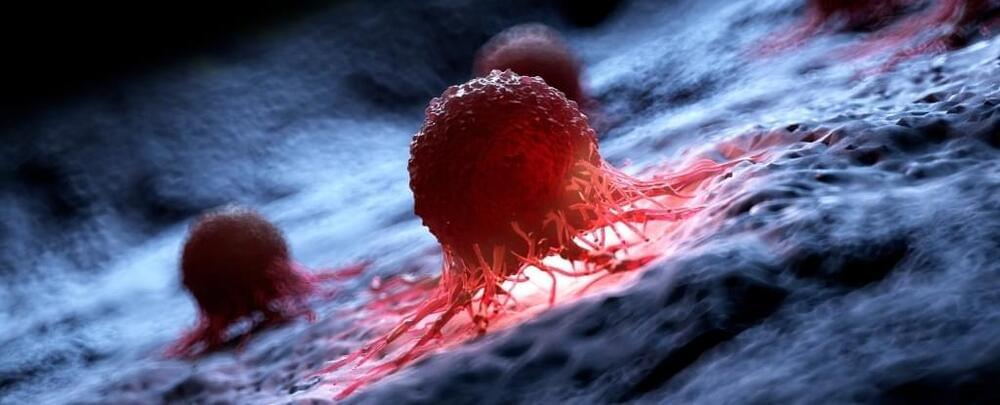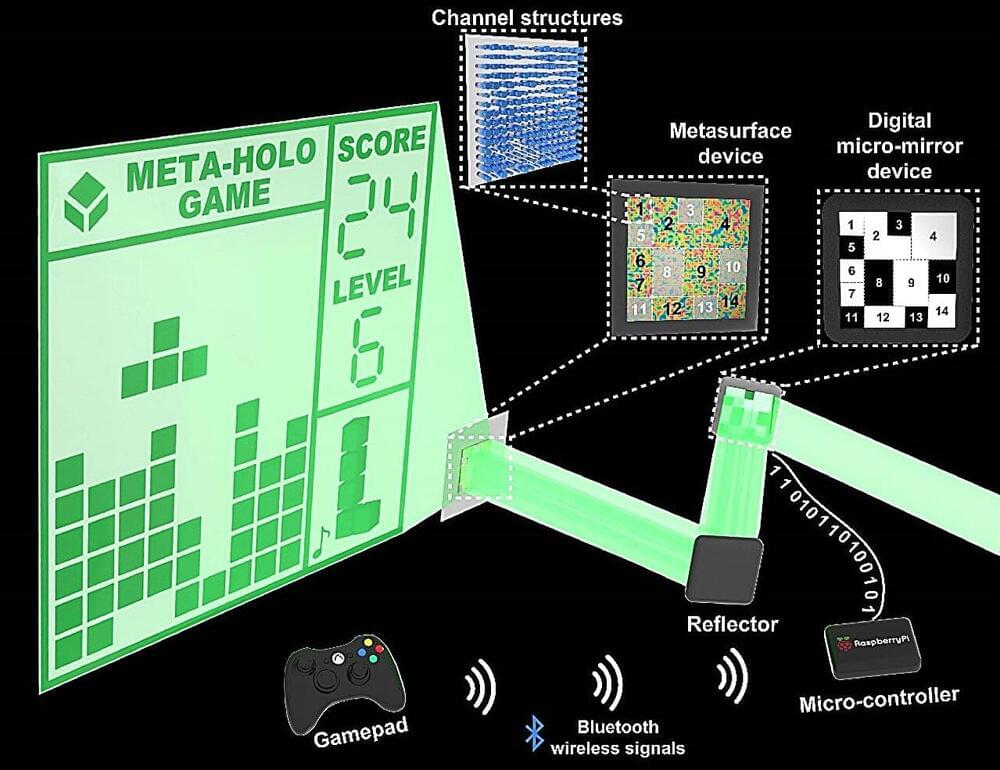Dec 31, 2023
Anne M. Andrews and Paul S. Weiss Public Lecture: Nanotechnology Meets Neuroscience and Medicine
Posted by Dan Breeden in categories: biotech/medical, information science, nanotechnology, neuroscience
In their public lecture at Perimeter on May 1, 2019, neuroscientist Anne M. Andrews and nanoscientist Paul S. Weiss outlined their scientific collaboration and explained the importance of communicating across disciplines to target significant problems. \
\
Perimeter Institute (charitable registration number 88,981 4323 RR0001) is the world’s largest independent research hub devoted to theoretical physics, created to foster breakthroughs in the fundamental understanding of our universe, from the smallest particles to the entire cosmos. The Perimeter Institute Public Lecture Series is made possible in part by the support of donors like you. Be part of the equation: https://perimeterinstitute.ca/inspiri…\
\
Subscribe for updates on future live webcasts, events, free posters, and more: https://insidetheperimeter.ca/newslet…\
\
facebook.com/pioutreach \
twitter.com/perimeter \
instagram.com/perimeterinstitute \
Donate: https://perimeterinstitute.ca/give-today

















